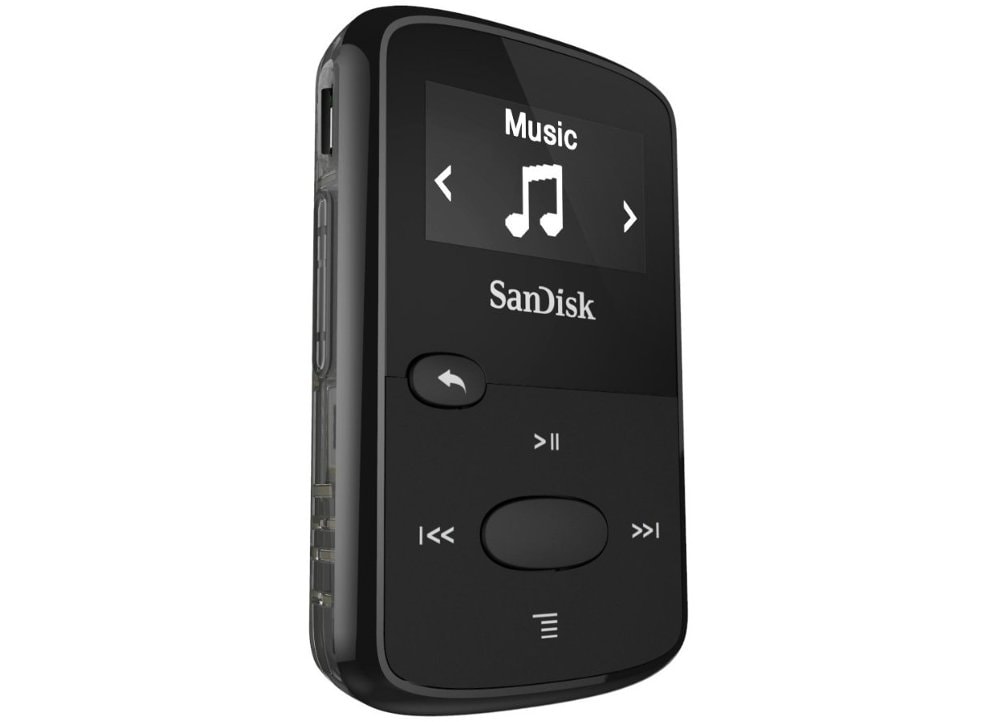

- #PLAYLIST EXPORT WORK WITH SANDISK CLIPJAM HOW TO#
- #PLAYLIST EXPORT WORK WITH SANDISK CLIPJAM SOFTWARE#
- #PLAYLIST EXPORT WORK WITH SANDISK CLIPJAM WINDOWS#
To understand how the player interprets metadata within each mp3 file, right mouse click on a file and select Properties…Details.
#PLAYLIST EXPORT WORK WITH SANDISK CLIPJAM SOFTWARE#
…\Music\The Beatles\Lucy In The Sky With Diamonds.mp3ĭo the above likewise to organize all music files by artist group as the player software does not care about sub folders below Music, only that music files are somewhere below CLIP JAM\Music.

The computer memory path text inside the Beatles-playlist.M3U file from that Playlist folder to those two music files must be changed to:
#PLAYLIST EXPORT WORK WITH SANDISK CLIPJAM WINDOWS#
However using paths, the Beatles-playlist.M3U file needs to go into the CLIP JAM\Playlist folder where it was intended per the Windows Media Player standard. If one creates a test playlist for those two music files using the above SanDisk page, say Beatles-playlist.M3U, the text within would be identical to the above two lines. Then with cursor on New Folder, Rename and enter The Beatles. So using Windows Explorer with the cursor on the CLIP JAM\Music folder, one right mouse depresses then on the pop down selects New…Folder. Thus for instance using mp3 files under Music one might have dozens of folders with names of music groups and inside each folder only mp3 files for that artist. Although many users organize their local music files using music apps like Windows Media Player, far better is take personal control usings Windows Explorer just like one does with any ordinary computer files.įar better is to create an ordinary sub folder system to organize songs by artist group.

The problem with that is if one has hundreds of songs in the same folder, it becomes awkward to work with using Windows Explorer because it is a big disorganized mess of unrelated music files that will disgust any computer users. Thus have dumbed down what to do for the sake of computer ignorant users. M3U playlist files in the same folder because if so one does need to deal with adding a computer path prefix to each song line in a.

The above SanDisk page would have users simply put all the say. There is always a Music and Playlist folder under the root hardware player memory. The format of such Windows Media player folders is the same across player hardware and smartphones for compatibility. M3U files into the player Playlist folder and then use paths to folders containing the music files. Note I’ve owned a Sansa Clip+ for about a decade and recently purchased two Clip Jam players for Christmas gifts that I have configured. Actually the playlist format is identical to that of my old Clip+. While using that method does indeed produce compatible playists, it is not true that all music files have to be inside the same folder.
#PLAYLIST EXPORT WORK WITH SANDISK CLIPJAM HOW TO#
The above page then explains how to do so. The process below gives instructions for creating an M3U playlist using Windows Media Player for the use on the Clip. How do I create a playlist on the Clip Sport Plus/Sport/Jam/Voice? The Clip Sport Plus/Sport/Jam/Voice only supports M3U playlists and they must be stored in the same directory as the files in the playlist. On this SanDisk support page for their music players is the following inaccurate information:


 0 kommentar(er)
0 kommentar(er)
